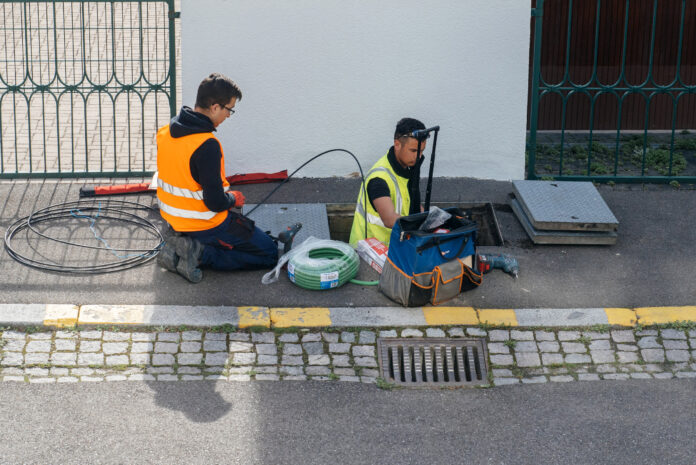GMSA Intelligence sees substantial cost savings when comparing 5G fixed wireless access with fiber-to-the-home
Bridging the digital divide is a focus of governments and operators around the world. The primary stumbling block is finding the right balance between conducive policy and incentivization with economic feasibility and new service revenue generation. In the past fiber has been the gold standard in terms of home broadband, but as operators acquire and deploy 5G spectrum, particularly mid-band and mmWave, fixed wireless access has emerged as a battleground pitting mobile network operators against traditional cable companies for home broadband business. In addition to helping monetize massive 5G investments, 5G-backed fixed wireless access can serve another goal—connecting the unconnected and helping realize the productivity and inclusionary gains that flow from that.
Speaking at the recent Qualcomm 5G Summit in San Diego, GSMA Intelligence Senior Economist Federico Agnoletto made the case for 5G fixed wireless access, noting that some 3 billion people that live in the footprints of mobile networks don’t use the internet. “First of all, the speeds are comparable to fiber.” Second, fixed wireless access can often be more rapidly and more cheaply deployed as compared to aerial or subterranean fiber. “It is cost-effective in many instances,” he said, “with cost savings up to 80%.” And third, “It’s not just an issue for developing economies [and] it’s not just for rural areas. It’s really key to bridging the digital divide.”
These assertions are born out in research conducted by Agnoletto and his colleague Pau Castells, head of economic analysis. In a paper published in March, the researchers compared a combo mid-band/mmWave 5G network with fiber in Europe, the United States and Latin America with examinations of rural, suburban and urban deployment scenarios.
The hypothetical operator (for the purposes of the GSMA Intelligence analysis, but very much real, e.g. Verizon) is using mid-band spectrum for a mix of coverage and capacity, and mmWave for a capacity boost in high traffic load areas. Key findings include:
- In a rural locale, 5G fixed wireless access using mid-band and mmWave costs up to 80% less than fiber, assuming a lack of existing fiber infrastructure available for leasing or sharing.
- The same fixed wireless combo in a suburban area costs up to 70% less than a fiber deployment assuming new poles or ducts are needed to run fiber.
- And in urban areas with a dearth of ready fiber infrastructure, fixed wireless access using mid- and high-band frequencies can save up to 45% depending on the geography.
Back to Verizon: the operator has always been bullish on mmWave and earlier this year deployed a massive trove of C-Band spectrum which immediately expanded their addressable fixed wireless access home and business broadband market. In fact, Verizon sees fixed wireless access as a key driver of service revenue growth and has articulated plans to compete as a national home broadband provider.
Executives made the case earlier this year. Verizon Consumer Group Chief Revenue Officer Frank Boulben described the goal as becoming “a full connectivity provider for households and families. That means offerings mobility services, as well as home broadband, whether its with Verizon Fios, 5G Home or 4G LTE internet.” Aligning the GSMA Intelligence hypothetical, Verizon in some markets is offering fixed and mobile services from the same sites. “Our 5G network can serve both mobility needs and home connectivity needs,” Boulben said. “Previously we had one network for mobility and one for home. Now consumers will be able to interact with just one brand and one company for all of their connectivity needs.”
For business, Verizon EVP and Business Group CEO Tami Erwin told RCR Wireless News it’s all about “choice for customers” noting the expansion of fixed wireless access and existing national distribution is a “natural extension” for business service bundles.
Summarizing his position during the Qualcomm event, Agnoletto said, “We always argue that [regulators] need to adopt policies that are conducive to investment…My call to action is about fixed wireless access and I hope governments can really help operators deploy this technology.”

